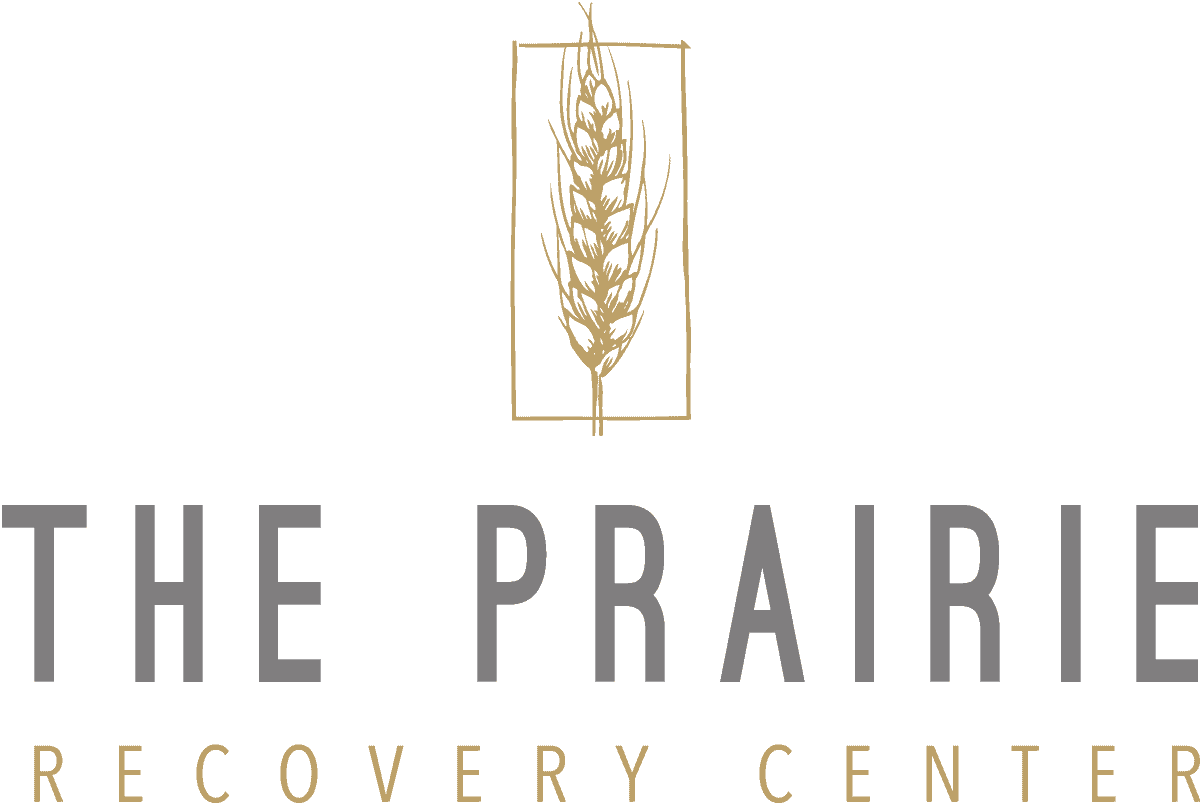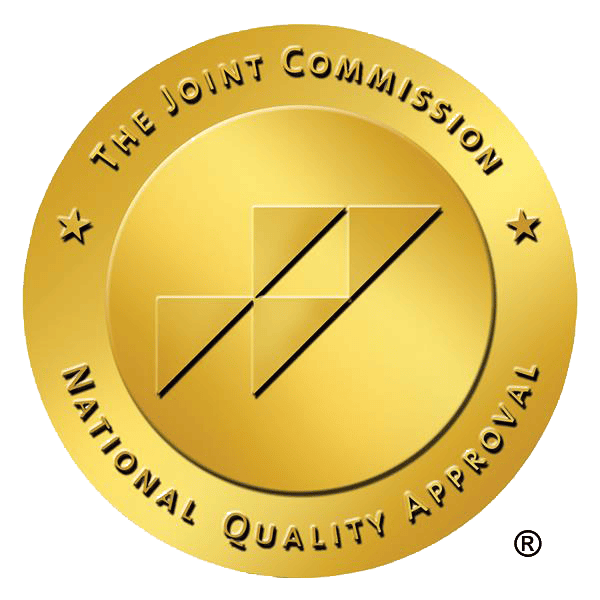Cocaine is a highly addictive stimulant that produces intense euphoria, increased energy levels, and increased focus. It is these effects that make kicking a cocaine drug habit challenging. Many people are afraid of the withdrawal symptoms they may experience. They may have already experienced some of these during crashes. Learning more about the cocaine withdrawal timeline will help people be better prepared to overcome their addiction.
Initial Crash Phase: 1-3 Days
The initial crash phase is when cocaine first wears off. Many people who actively use cocaine experience crashes. However, due to cravings and addiction, they often never make it past the first 3 days of the cocaine withdrawal time.
During the crash phase, people will be tired, lack energy, and tend to sleep for extended periods. Others will experience insomnia, even though they are very sleepy. Some people can experience depression and sadness. Other people may not be able to experience pleasure. Anxiety and irritability are also common during this time. Intense cravings for cocaine are also common. So, it is normal for the person to give in and continue using cocaine. However, for those who want to stop cocaine use, they must resist cravings.
Early Withdrawal Symptoms: Days 4-7
During this phase of the cocaine withdrawal timeline, withdrawal symptoms will gradually increase in frequency and intensity. As they do, they can be unpleasant and difficult to manage without medical supervision. However, they are moving closer to being fully detoxed from cocaine.
All of the symptoms experienced during the crash phase can still be present. Cravings will become more intense and frequent. Some people may experience vivid dreams or have night terrors. Other people can start to become depressed.
Dehydration is also a concern at this phase because people will ignore eating and drinking because they are uncomfortable. It is important to remember to drink plenty of fluids. Doing so can also help flush out cocaine and speed up detox.
Peak Withdrawal Period: Weeks 1-2
Over the next 7 to 14 days, the cocaine withdrawal symptoms will reach their peak. Once they do, this means the person is getting that much closer to being detoxed from cocaine.
During this time, withdrawal symptoms will be most intense and uncomfortable. Fortunately, once they peak, they gradually decline in severity and frequency.
However, psychological withdrawal symptoms, such as cravings, depression, anxiety, and irritability, can remain present. It is important to remember that the longer the body goes without cocaine, the closer it is to being free from this substance.
Cravings and Emotional Instability: Weeks 2-4
During weeks 2-4 of cocaine withdrawal, individuals can continue to experience strong cravings. Their body is still adjusting from not having it. Cravings can be intense at times and difficult to manage without medical supervision.
Emotional instability is also common during this time. The individual’s brain chemistry is healing from cocaine use. Mood swings, anxiety, irritability, agitation, depression, and restlessness can be experienced.
Physical Symptoms During Withdrawal
The physical symptoms experienced during the cocaine withdrawal symptoms timeline can last up to 4 weeks. They can include:
- Headaches
- Increased appetite
- Migraines
- Fatigue
- Insomnia
- Muscle aches and pain
- Shaking and tremors
- Sweating
- Chills
These symptoms eventually peak until they fully subside, usually by the end of the fourth week of the cocaine withdrawal timeline.
Post-Acute Withdrawal Syndrome (PAWS): Months 1-6
Post-acute withdrawal syndrome (PAWS) can occur in some people. PAWS symptoms are psychological and can persist for a few months or sometimes longer. By this stage of cocaine withdrawal, it is easier to manage PAWS since all physical withdrawal symptoms have subsided.
The more common PAWS symptoms include cravings, mood swings, extreme tiredness, and insomnia. Some people also experience difficulties concentrating and focusing. With continued persistence and support, PAWS symptoms become less frequent and eventually subside entirely.
Tips for Managing Withdrawal Symptoms
With medical supervision and support, it is possible to manage cocaine withdrawal symptoms. The strategies individuals use can vary based on their symptoms. The most important tip is to seek addiction treatment for access to evidence-based and holistic therapies vital for addiction recovery.
The next tip is to remember to drink plenty of fluids throughout the withdrawal process. Eating a healthy and balanced diet is equally important to get the vitamins and minerals needed.
Regular daily exercise and physical activity are also beneficial. The body releases natural endorphins, which improve mood and reduce stress and anxiety. To address cravings, relaxation techniques, such as meditation, yoga, and mindfulness, are beneficial.
Regular participation in individual and group counseling sessions is equally important. These sessions help people uncover the underlying causes of their addiction. They also help them build effective coping strategies to deal with triggers.
Group sessions help people build a strong peer support network while learning from others. Most importantly, it is vital to avoid triggers to prevent relapse. People should stay away from places, people, and situations they associate with cocaine use.
Long-Term Recovery from Cocaine Addiction
Long-term recovery from cocaine addiction is possible. It is crucial to remember to take things one day at a time. It is essential to have a strong support system in place to provide encouragement and understanding. Adopting a healthy lifestyle and sticking with it also ensures long-term recovery. People must also continuously work on coping skills and strategies as their needs change.
Get Support During the Cocaine Withdrawal Timeline
It is easy to find support during the cocaine withdrawal timeline at The Prairie Recovery Center in Texas. We provide comprehensive cocaine detox and addiction treatment programs tailored to each person’s unique needs. Contact us today to start the journey to a better future free from cocaine.









